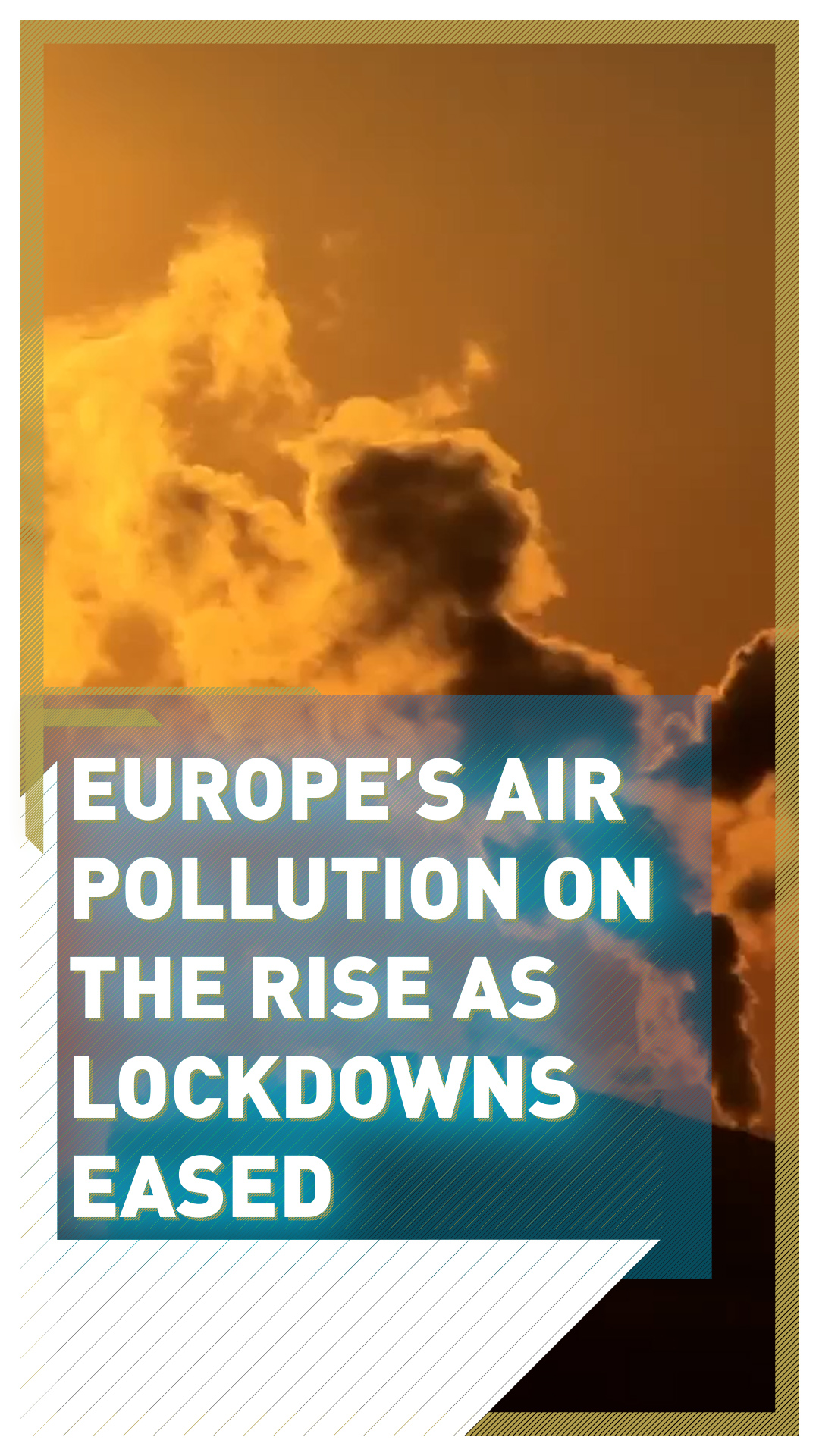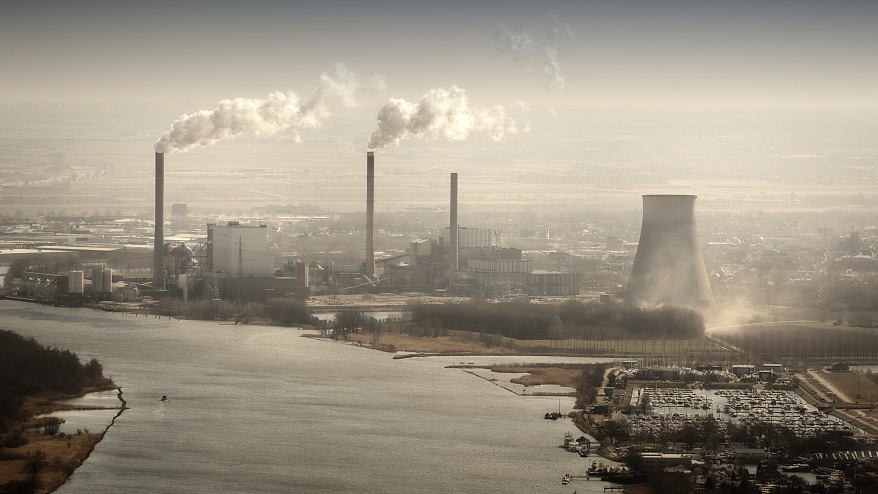01:27

Air pollution is back on the rise across Europe as COVID-19 lockdown restrictions continue to be eased throughout the continent.
Data collated by Copernicus and the European Centre for Medium-Range Weather Forecasts on behalf of the European Commission shows how the amount of nitrogen dioxide (NO2) found in the air in several cities across Europe has risen since lockdown measures were eased.
COVID-19 lockdown has been difficult for many. From not being able to see your friends and family for a prolonged period of time, to some people losing their jobs as companies struggle to cope.
But one positive to come from the period of lockdown is reduced air pollution.
As a result of people being forced to stay indoors, there was a vast reduction in nitrogen dioxide levels, a gas usually emitted by power plants, cars and factories.
READ MORE: European air pollution in decline since COVID-19 lockdown

Nitrogen dioxide is a pollutant gas that is usually emitted by power plants, cars and factories. /VCG
Nitrogen dioxide is a pollutant gas that is usually emitted by power plants, cars and factories. /VCG
Post-lockdown
But since lockdown restrictions have begun to be eased, the levels of air pollution in cities across Europe have risen again.
One of the biggest rises has been in Belgium's capital of Brussels as NO2 levels rose from 16.80 micrograms per cubic meter of air on 1 June, during the height of the country's lockdown to 30.75 micrograms per cubic meter on 16 September when COVID-19 restrictions had eased considerably.
Milan has also had a large rise of NO2 emissions as people return to work after lockdown. A rise from 19.04 micrograms on 1 June to 45.42 on 16 September is a cause for concern.
Nitrogen dioxide levels in the capital cities of Madrid, Paris and Budapest have also all risen since the end of the lockdown period.
In case you missed it:
• Why electric cars won't end pollution from vehicles
• Squeaky-voiced alligators among unusual research recognized in Ig Nobel Prizes
• The future of eco-friendly flying? Groundbreaking Flying-V makes first successful flight
How the levels compare to pre-pandemic times
Although there has been a rise in the amount of nitrogen dioxide emitted across Europe, for a majority of European cities the levels have not reached the same as where they were before COVID-19, yet...
For comparison Amsterdam's current NO2 level is 14.84 micrograms per cubic meter of air compared to the level of 29.25 measured on 6 January 2020 and Madrid's level on 16 September of 27.53 is nowhere near the value of 54.33 on 6 January.
However, the levels in Belgium's capital of Brussels and in London, UK the levels on 16 September were higher than those recorded before the COVID-19 pandemic had begun.
Brussels recorded 22.46 micrograms per cubic meter of NO2 emissions on 6 January where as Copernicus measured its levels at 30.75 on 16 September.
London too has had a rise in nitrogen dioxide levels from 18.80 micrograms in January to 24.01 in September.
Despite most cities having a lower level of NO2, scientists will be watching to see whether they return to pre-pandemic levels, or worse, as commuters shun public transport in favour of their cars.
Animation: Steve Chappell
Video editing: Sam Cordell